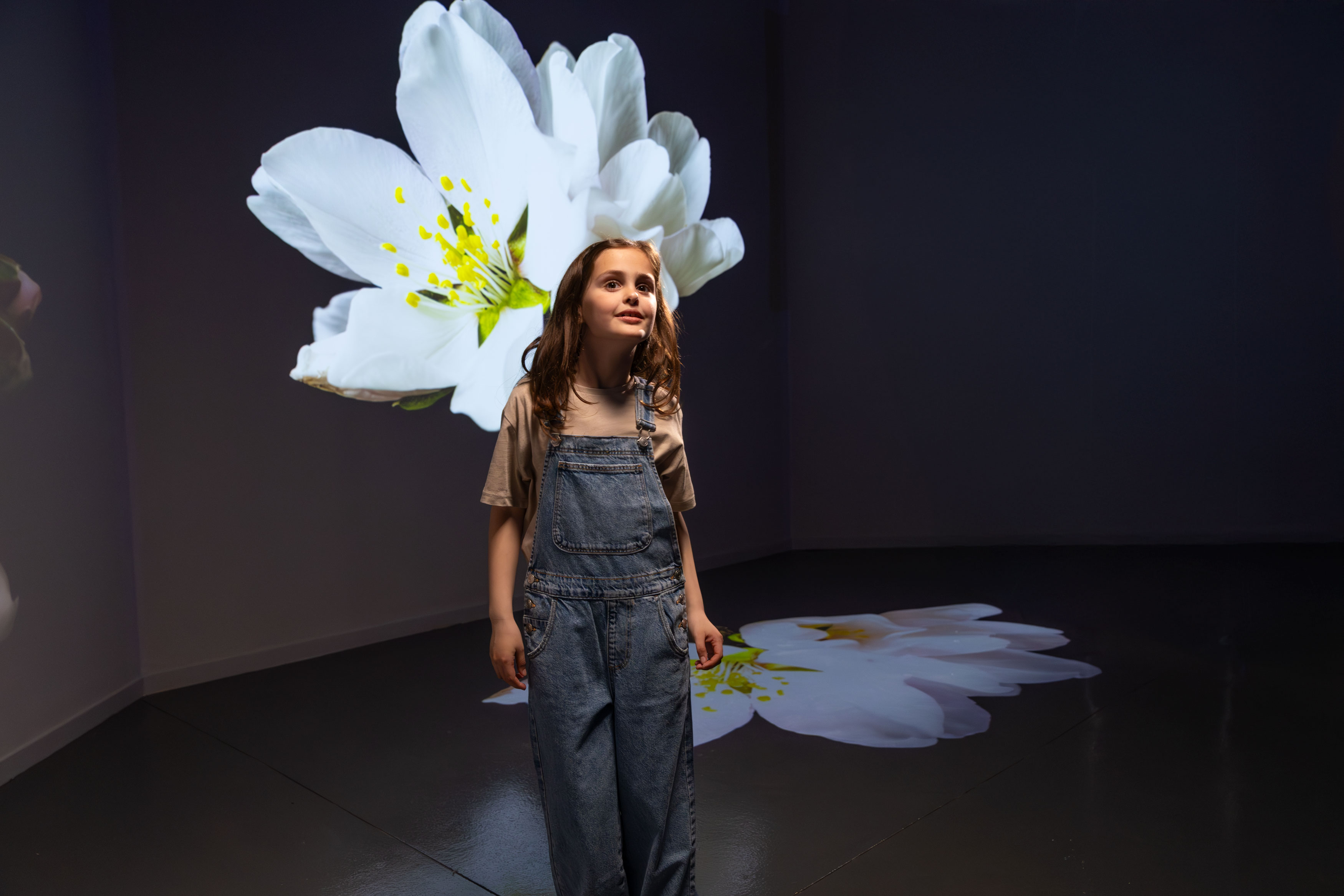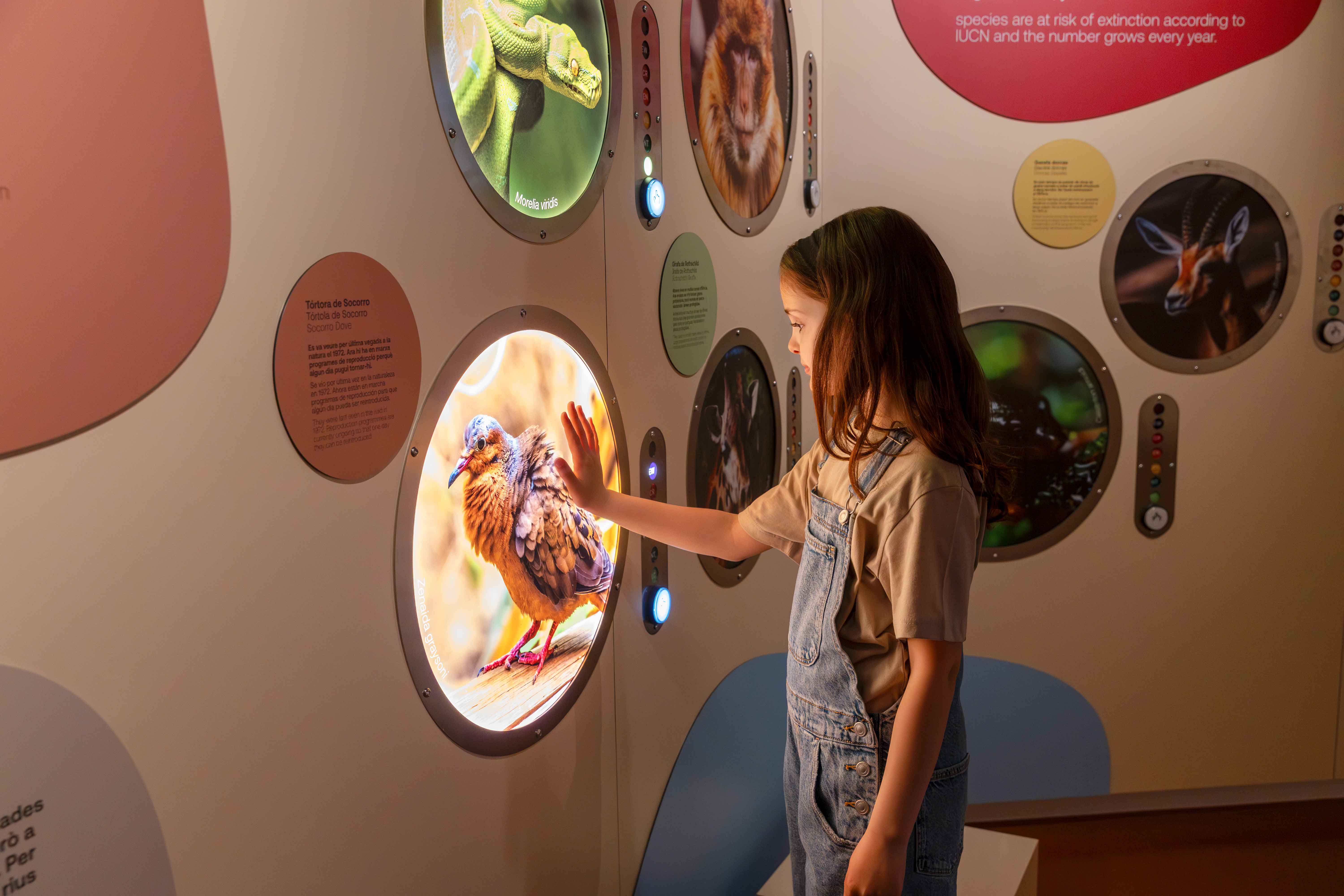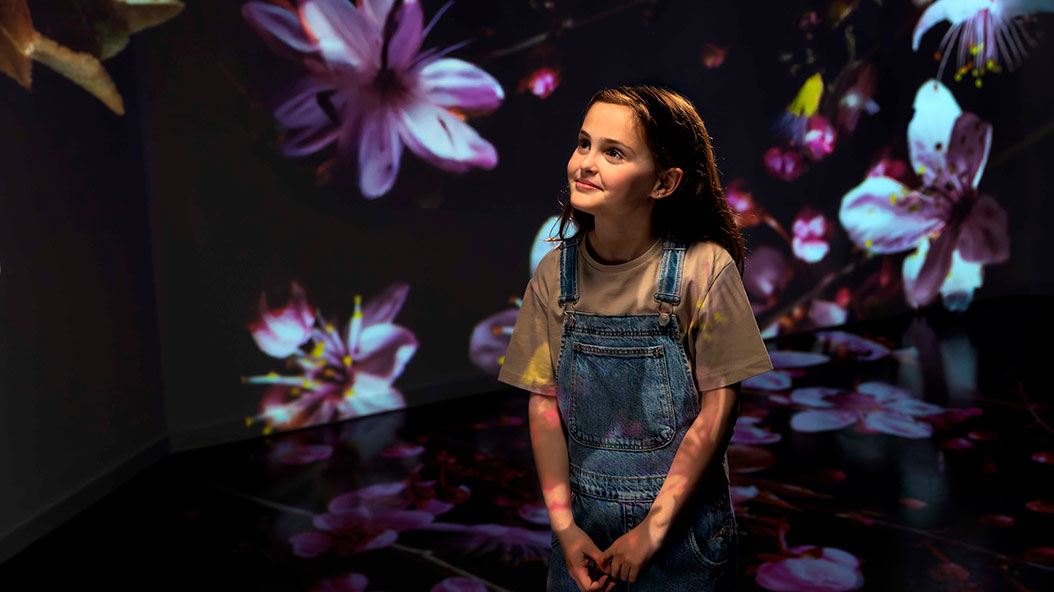Zoo de Barcelona is launching Cuida’ls, an immersive experience that encourages children and adults alike to protect biodiversity. Located near the Parc de la Ciutadella entrance, this new activity welcomes visitors with a fun, interactive way to learn how to get involved in preserving species and ecosystems.
With the launch of Cuida’ls, Zoo de Barcelona is continuing its in-depth transformation to become a space where both children and adults can connect with nature through educational, playful and enjoyable experiences while also getting involved in biodiversity conservation. This transformation is moving forward alongside the future Ciutadella Knowledge Hub, which will make the Parc de la Ciutadella and its environs a cutting-edge node of knowledge, outreach, research and innovation in Europe. 'The new Cuida’ls space aims to be the entryway to the new zoo model, which focuses on outreach and educating visitors on how to preserve our biodiversity’, said Barcelona’s mayor, Jaume Collboni. He also stressed that the aim is to turn the site where the zoo and the new space are located—Parc de la Ciutadella—into the ‘Ciutadella Knowledge Hub in the broad sense of innovation, culture and science’.
Two avatars accompany visitors and invite them to get involved in caring for nature
Cuida’ls is a new 230 m2 installation divided into three rooms: a first immersive room where visitors can learn what biodiversity is, and two rooms with interactive elements where they can take action and learn how to preserve the environment. In the immersive room, the avatars of a zookeeper, Alba, and her companion, an otter, welcome visitors and accompany them on a journey through time to discover the origins of life, the richness of different ecosystems and the many threats endangering biodiversity, including poaching, pollution, fires and the overexploitation of resources.

At the end of the immersive presentation, Alba and the otter invite visitors to move to the second room and engage with interactive digital content to learn about real cases of illegal animal trade and the collaborative work of organisations, bodies and security forces such as the Nature Protection Service (SEPRONA) and the Mossos d’Esquadra to prevent this illegal trafficking of wildlife. This room also contains replicas of real confiscated items and explains the Zoo de Barcelona’s role as a member of the Convention on International Trade in Endangered Species of Wild Fauna and Flora (CITES), an international agreement that aims to prevent the illegal trafficking of species, which allows Zoo de Barcelona to act as a rescue centre and shelter for animals seized by public administrations. Thanks to this agreement, Zoo de Barcelona has become a new home for many confiscated animals.
In addition, this second room has interactive elements that allow visitors to discover some species’ degree of conservation via the classification made by the International Union for the Conservation of Nature (IUCN), the international organisation devoted to preserving biodiversity. It also uses fun digital elements to explain how Zoo de Barcelona and the Barcelona Zoo Foundation contribute to the conservation of certain endangered autochthonous species through numerous projects both in and outside their natural habitats. For example, there are displays on the Montseny brook newt conservation project, the TUROCAT project to reintroduce the European polecat and initiatives to recover populations of Spanish toothcarp, Mallorcan midwife toad and Hermann’s tortoise, among others.

Finally, the third room is designed to inspire visitors to take direct action. Equipped with digital interactive elements, it provides information about the Barcelona Pet Shelter (CAACB) and explains how they can collaborate or contribute to caring for the animals there. In this last room, visitors can also formalise their commitment to preserving biodiversity by drawing an animal that will be projected like an avatar on the big screen outside the Cuida’ls space, simulating its reintroduction.
The new Cuida’ls space involved an investment of €1.1 million, partly supplied by the Biodiversidad Foundation of the Ministry for the Ecological Transition and Demographic Challenge as part of the Recovery, Transformation and Resilience Plan from the EU Next Generation Funds.
A new space adapted to all ages and open to schools
This space was designed to meet the needs of the different age groups that visit Zoo de Barcelona, with a special focus on children and young people. Some content is intended to introduce children to basic concepts such as biodiversity and today’s major challenges, while other resources are more complex to help young people learn more about these same topics.
Starting this summer, Cuida’ls will have an activity programme to supplement visits, and in the 2025-2026 school year it will also launch educational activities linked to curricular content for schools.




